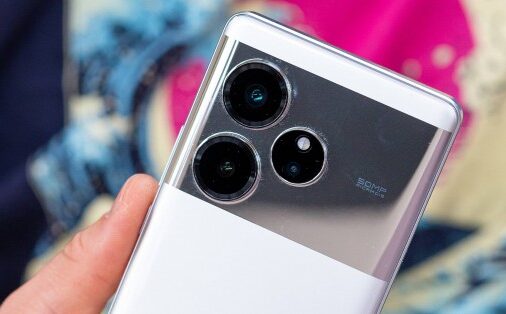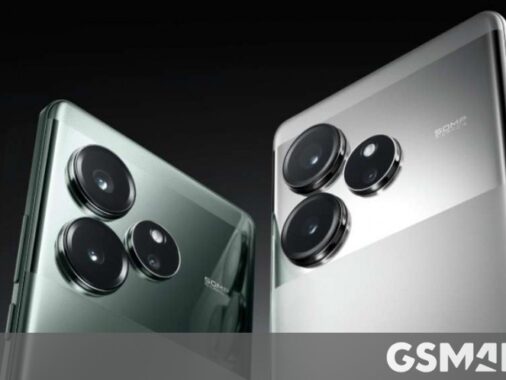Excitement is building this week as several highly anticipated launches have now opened up for pre-orders. Previously, some of the pre-orders we discussed last week have transitioned to general sales.
Let’s kick things off with the Xiaomi 14 series. Both the Xiaomi 14 and Xiaomi 14 Ultra will be available for purchase starting March 11 (Monday). Pre-orders are already open, offering a selection of colors. However, the memory configurations are limited to 12/512GB for the standard model and 16/512GB for the Ultra.
The Nothing Phone (2a) is currently available for pre-order, with general sales beginning on March 12 (Tuesday). This model is a more budget-friendly version of the Nothing Phone (2) and starts at ₹24,000 for an 8/128GB model, compared to ₹40,000 for the Phone (2). The original Phone (1) seems to be out of stock (at least online).
The vivo V30 recently went on sale. Similar to the (2a), it features a dual 50MP camera setup, with a 1/1.55” sensor and optical image stabilization for the main camera, alongside a 119° ultra-wide lens. The selfie camera on the V30 boasts a 50MP sensor and a wide 21mm lens, as well as dual-LED flash (in contrast to the 32MP selfie camera on the Nothing Phone, which lacks flash).
Featuring a slightly larger 6.78” 10-bit OLED display with a 120Hz refresh rate and a 1,260 x 2,800px resolution, the V30 also offers IP54 dust and water resistance. Powered by the new Snapdragon 7 Gen 3 chip and equipped with a 5,000mAh battery with 80W fast charging, the vivo V30 presents some compelling advantages, albeit at a ₹10,000 higher price point.
With a price closer to the Nothing Phone, the Honor 90 boasts a 6.7” 120Hz 10-bit display with a 1,200 x 2,664px resolution. The Honor 90’s standout feature is its 200MP main camera, offering quality 2x in-sensor zoom at the expense of a lower-resolution 12MP ultra-wide sensor. Powered by the older Snapdragon 7 Gen 1 chip and featuring a 5,000mAh battery with 66W fast charging, the Honor 90 lacks an IP rating.
Last week on pre-order, the Realme 12 and 12+ are now available for purchase. The Realme 12+ features a 6.67” 120Hz display (FHD+) and a Dimensity 7050 chipset with a 5,000mAh battery that supports 67W charging.
For the vanilla Realme 12, it substitutes the IPS LCD for a 6.72” 120Hz FHD+ panel. While equipped with a slightly less powerful Dimensity 6100+ chipset, it features a 108MP 1/1.67” main camera sensor, a significant upgrade over the 50MP 1/1.95” sensor on the plus model. However, the Realme 12+ offers OIS and an ultra-wide camera, while charging for its 5,000mAh battery is slightly slower at 45W.
New to the scene this week is the Oppo F25 Pro, priced ₹10,000 lower than the vivo V30. This model has a 6.7” 120Hz 10-bit display with a lower FHD+ resolution, and is powered by a less powerful Dimensity 7050 chipset. The camera setup includes a basic 64+8MP configuration, while the 32MP selfie camera boasts a wide 22mm lens. It also features a 5,000mAh battery with 67W charging.
The Tecno Pova 5 offers a gamer-inspired design, with a 6.78” 120Hz IPS LCD featuring FHD+ resolution. Despite being a budget-friendly option, it incorporates a Helio G99 chipset (4G connectivity), 8GB of RAM, expandable storage, stereo speakers, and a 3.5mm headphone jack. The 6,000mAh battery provides ample endurance and supports 45W fast charging, making it an attractive package at ₹12,000.
Introducing the Lava Blaze Curve, a budget-friendly 5G phone aiming for a more premium experience. Featuring a curved 6.67” AMOLED display with a 120Hz FHD+ panel, this model is powered by the Dimensity 7050 chipset seen in other recent releases. The camera setup consists of a 64+8MP configuration, and the phone is equipped with a 5,000mAh battery offering 33W charging. Offering a clean Android 13 experience out of the box, with promises of Android 14 and 15 updates and 3 years of security patches, the Lava Blaze Curve aims to deliver a solid user experience.
Please note that we may earn a commission from qualifying sales.
















